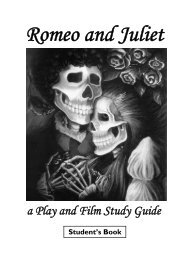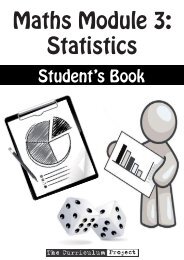Student's Book â Dec 2009 (5.9mb) - The Curriculum Project
Student's Book â Dec 2009 (5.9mb) - The Curriculum Project
Student's Book â Dec 2009 (5.9mb) - The Curriculum Project
You also want an ePaper? Increase the reach of your titles
YUMPU automatically turns print PDFs into web optimized ePapers that Google loves.
In 1977, Vietnamese forces, together with the United Front for the National Salvation ofKampuchea, attacked Cambodia in an attempt to stop the killings. Thousands died and thefighting continued until 1991 when a peace agreement was signed in Paris.<strong>The</strong> leader of the Khmer Rouge during this period was Pol Pot. Today, many people visit whatis known as the Killing Fields of Cambodia, where large numbers of people were executed. <strong>The</strong>Khmer Rouge lost power to an elected government in 1993 and finally collapsed in 1999.exercisecomprehensionA. Who fought in Cambodia’s Civil War?B. Who won?C. What was the aim of Cambodia’s first government?D. What political system did they use?exerciseanalysinginformation,cause andeffectA How were Cambodians affected by the new rules of the Khmer Rouge?B. Over a million people died during the rule of the Khmer Rouge but the governmentespecially wanted to kill intellectuals such as doctors, teachers and lawyers. Whydo you think this might be?C. What might have been some short and long term effects of these killings onCambodia as a whole?Life after the Khmer Rouge<strong>The</strong> people of Cambodia suffered greatly under the hands of the Khmer Rouge and have beenworking to repair the country since 1990. Many were killed under the regime and by 2005, threequarters of the population of Cambodia were children.Cambodia’s younger generation did not experience the Khmer Rouge directly, so many of themlearned about what happened from word of mouth. For a long time, the government did notrequire that teachers cover the Khmer Rouge period in schools. <strong>The</strong> Education Ministry has plansto begin teaching Khmer Rouge history in high schools beginning in <strong>2009</strong>.exerciseresphrasing,expressingopinions“By 2005, three quarters of the population of Cambodia were children.” How would youexplain why this is true to someone who doesn’t know the history of Cambodia?Some people think it is important to learn history and remember the past. Other peoplesay the past, especially a bad past, is better forgotten. What do you think?Does your opinion apply to the situation in Cambodia? Do you think children inCambodia should learn about theKhmer Rouge in school or is it betterif they don’t know about it?exerciseanalysingcartoonsRead again what happened to theCambodian people when Pol Potwas in control of the Khmer Rouge,then look at the picture to the right.<strong>The</strong> sign at the bottom of the hill says“Monument to Pol Pot.” What is the“monument?” Why do you think theartist drew the monument this way?70



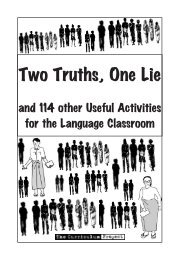
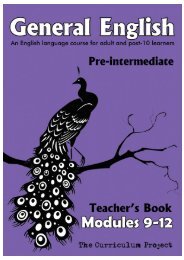
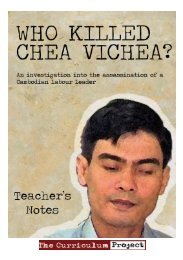

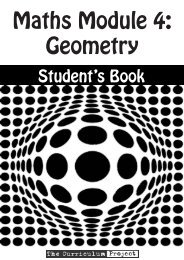
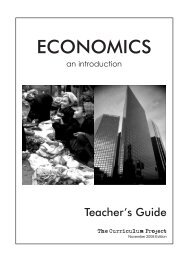
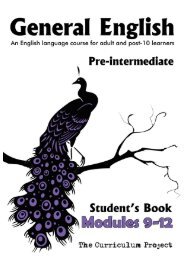

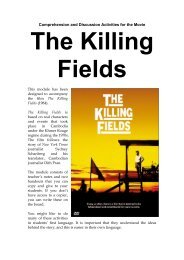
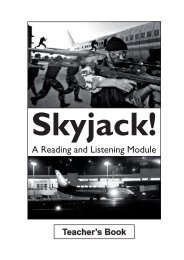
![[Eng] Nov 2012 DRAFT - The Curriculum Project](https://img.yumpu.com/45590859/1/184x260/eng-nov-2012-draft-the-curriculum-project.jpg?quality=85)

